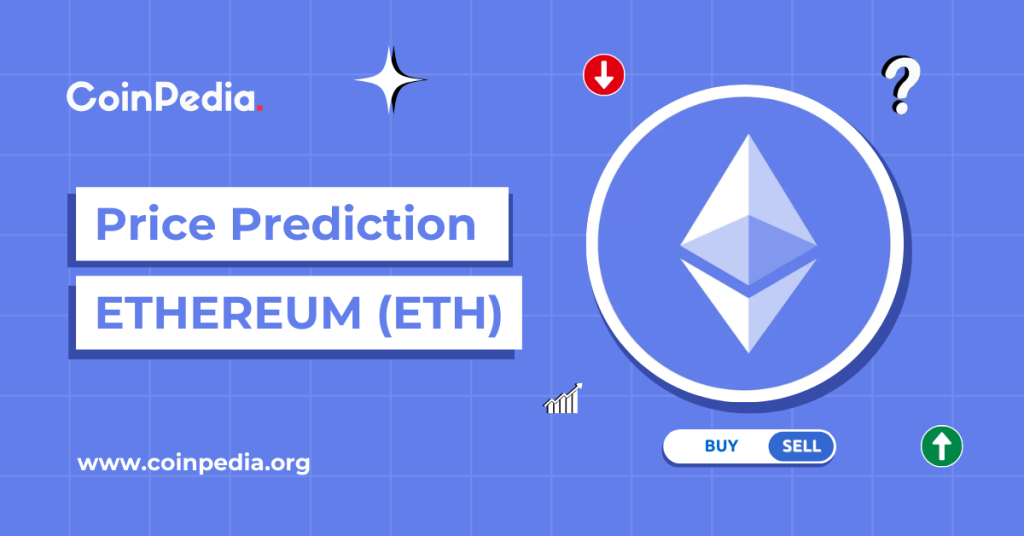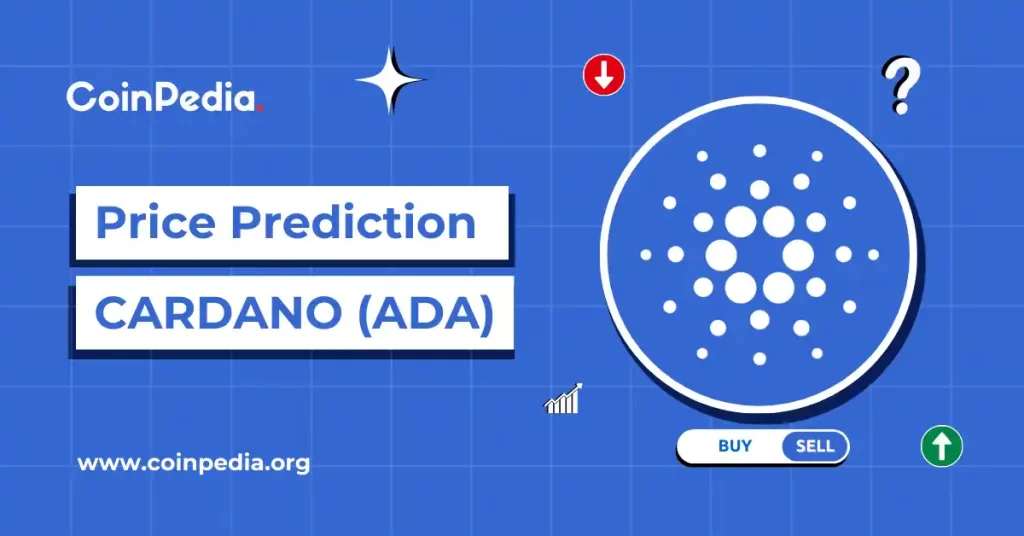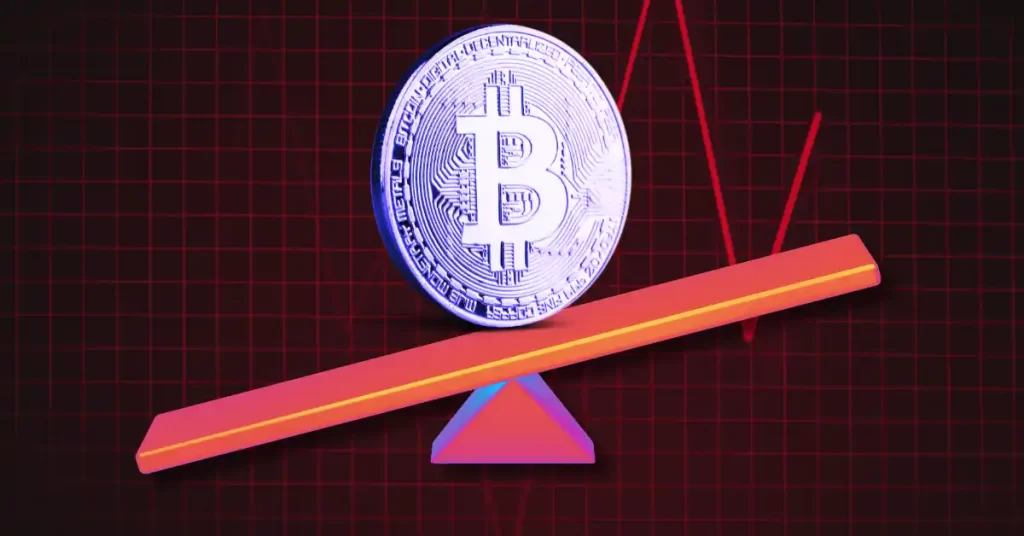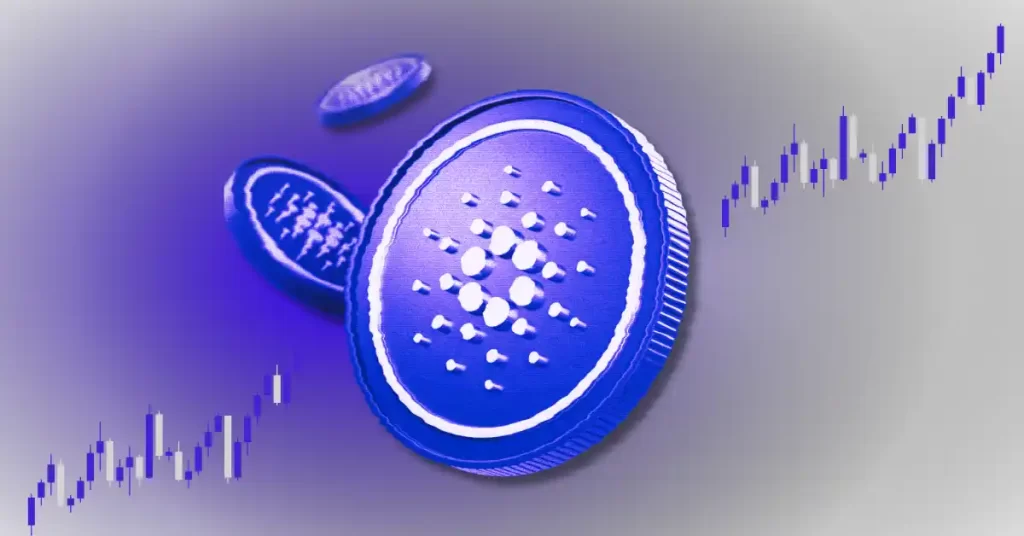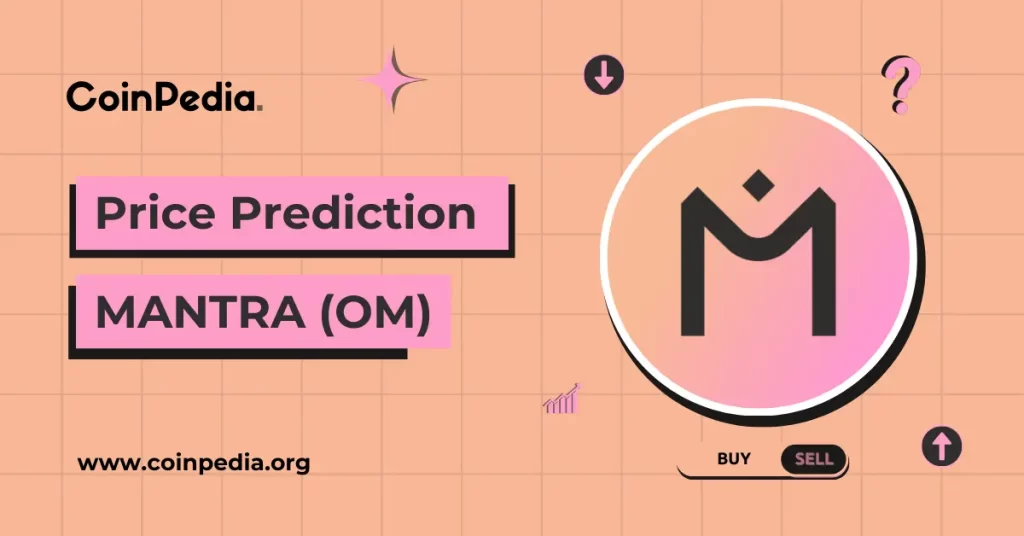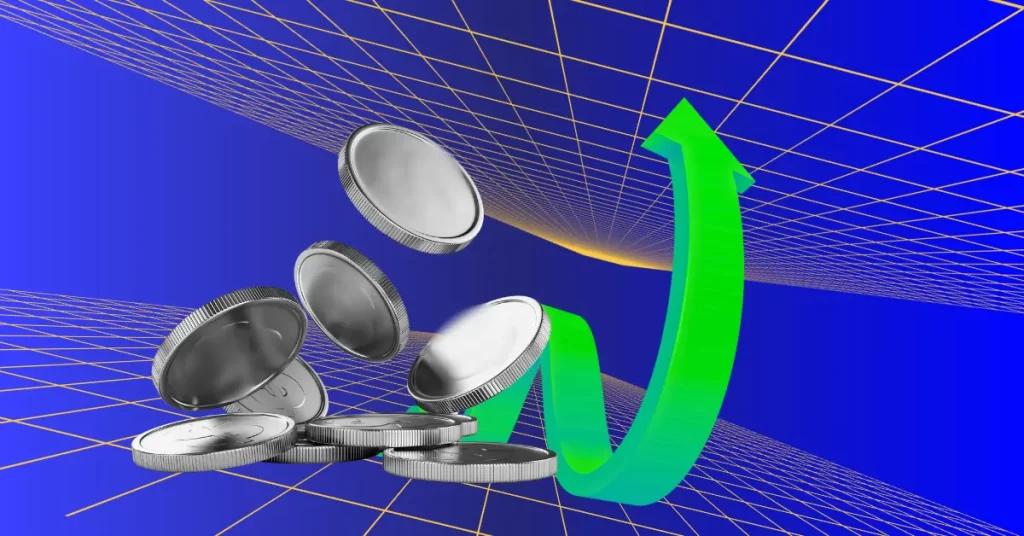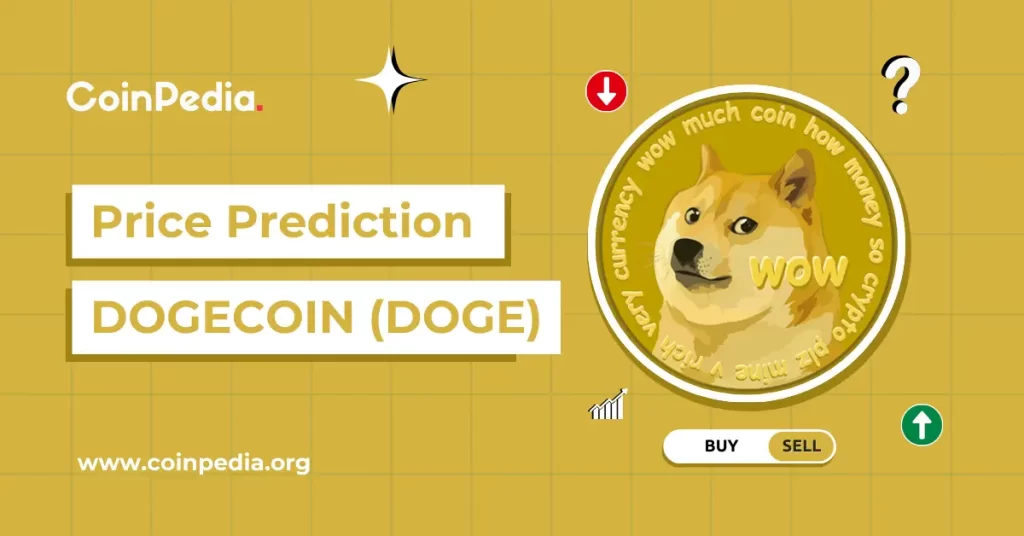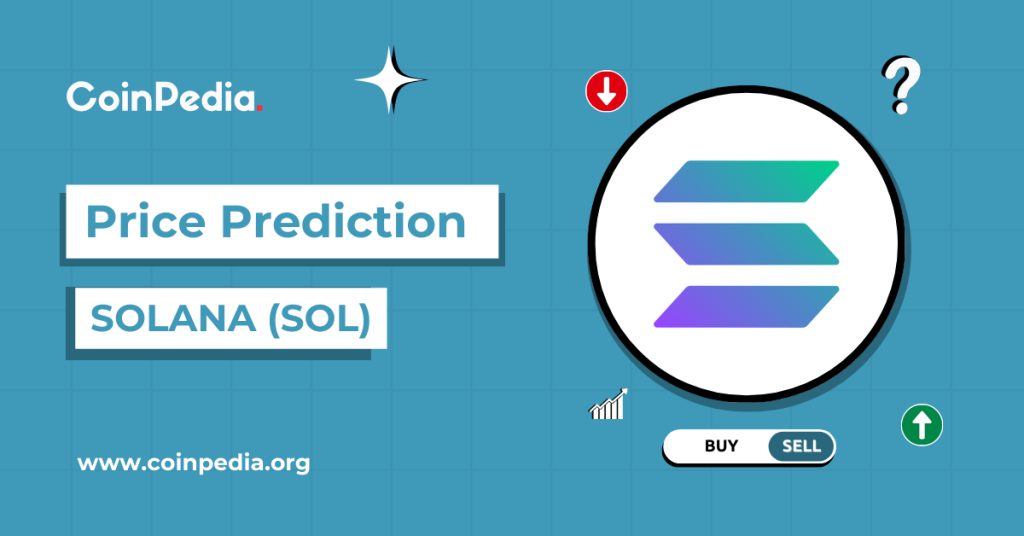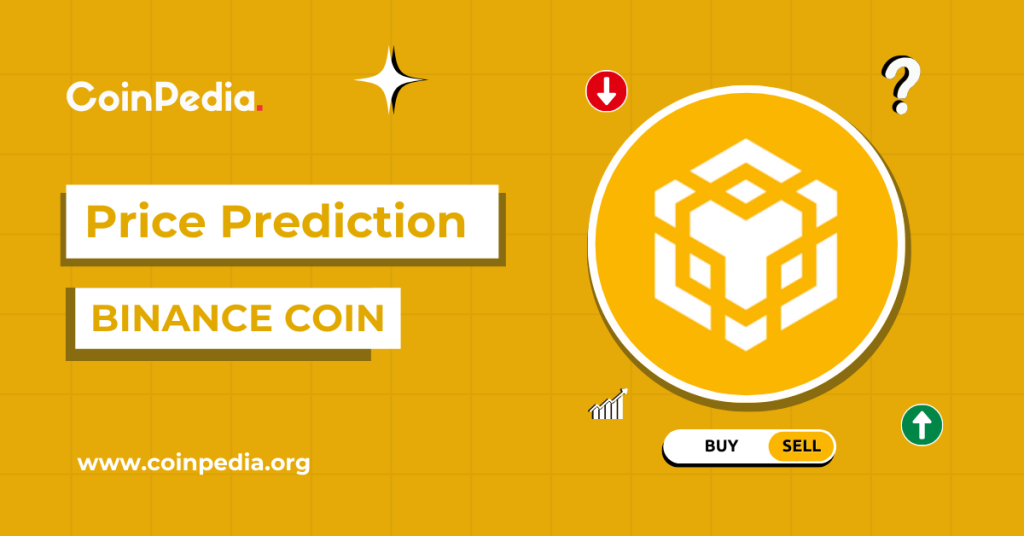Become Independent- Beginners Guide to Crypto Fundamental Research
When it comes to making money via crypto investing, it is the fundamental analysis that helps the most. Cryptocurrencies, apart from a few like Bitcoin, are acting like technology stocks. They rise as a category narrative, and they fall at the same time.
After this boom and bust cycle, only a few in the particular category survive, usually with a solid business structure, good future outlook, outstanding tokenomics, and a chance in the future time-space.
As an investor, it is utmost important for you to study a crypto project carefully before you invest your hard-earned money. This will ensure that you will be able to hold your investment even in the bear market, and buy more if the tokens are available at a discounted price.
News media and people usually talk a lot about people who have made a million or billion in the crypto industry, but not many people talk about people who have lost it all.
The significant difference between people who have made money vs. those who have lost it is they spend time learning about the industry and doing deep dive to create their own investment thesis.
If you are one of those who wish to make life-changing wealth with crypto investing, fundamental analysis is going to be one of your best weapon.
In this detailed guide on fundamental crypto analysis, I will help you learn the nuances of this technique.
A little background – Why should you listen to me?
I started my journey as a crypto investor back in 2015 with Bitcoin. I attended some of the best conferences like BTC Miami, Token 2049 in the early time to see what was happening in the industry and picked Ethereum when it was in single digital, BNB when Binance exchange just launched, ADA when it was a few cents, and a few others.
I’m a fundamental investor, and I believe in
“You can make more money by not losing what you have”.
I’m very picky about the projects I invest in, and I have been doing this for multiple years.
Here at CoinSutra, I did share my research about these projects and also helped you to learn how to buy and store them securely.
Today, I’m extending our research process to bright individuals like you.
I also welcome you to join the CoinSutra community on Discord or Telegram to discuss these projects with like-minded investors and traders.
What is Fundamental Analysis in Crypto?
Fundamental analysis means looking at multiple internal and external factors to gauge if a coin or token is worth investing in. The fundamental research will reveal if a particular coin or token should be bought, sold, or hold. With fundamental analysis, you can also determine whether a cryptocurrency is undervalued or overvalued.
Why do you need crypto fundamental research?
It is fairly simple for anyone to launch a cryptocurrency. The lack of regulations makes it easier for bad actors to participate and create tokens on blockchains like Ethereum, Solana, BNB, and others. With smart marketing, they lure innocent investors to invest in the project.
They use techniques like Pump and dump, influencer marketing, advertising, PR, News media, conferences, and others to create an illusion of hype and many investors end up losing money.
Like it or not, this also happens in traditional finance, but in the world of Crypto, this happens way more than normal.
Fundamental research will help you discover real signals from such noises, and help you discover the good projects from bad ones. As you learn how to research a crypto project, you will keep improving, and your success rate with crypto investing will improve.
Also check – Top Crypto Analysis tools every investor needs
9 Steps To Start Crypto Fundamental Research:
The biggest questions that I ask when starting my research are:
- Does the project even need a coin to survive?
- What is the utility of the token?
- Who are the people behind it?
- What is the tokenomics of the project?
Pay special attention to the tokenomics of the project because often, you can weed out projects with bad tokenmoics, and the project’s growth will never pass on to the token holders.
If you have been with me until now, let’s start by grabbing a cup of coffee or a protein shake and learning everything that will help you get started with cryptocurrency fundamental research.
Note: Here at CoinSutra, we have analysed many crypto projects in the past. You can browse this category to see how the research has evolved over time.
1. Read The Whitepaper
Whenever a crypto project is launched, the project team publishes a whitepaper or litepaper, which contains all the details pertaining to the project.
It often contains details about the industry, what this project is about to achieve, the details of tokenomics, the purpose of the project, use case/s, vision, team, and other vital details that will give you an idea of what this project is trying to achieve.
Bitcoin, the first successful cryptocurrency, started its journey by publishing its whitepaper which attracted developers and individuals across the globe to join this momentum. I have suggested some of the simplest whitepapers below, but let’s learn more about this technique.
Please note some whitepapers may be full of technical jargon, which might make them hard to understand. However, you should still read through them to gain a broad idea about the project. And if you don’t understand anything specific, ask it in the team chat or use Chat GPT.
Most projects have a discord group, Telegram channel, or Twitter. You can ask your questions to the team member, or often community members will help you find an answer.
In 2017-2018, when ICOs were all the rage, many people created new projects and published whitepapers to raise money. What was common about these whitepapers was that they were hard to decode. Most of them used the words like Blockchain, new financial system, new Bitcoin and similar words to raise millions of dollars. Fast forward to 2023, 99% of such projects failed, or they were never intended to be created in the first place.
You should also compare the current state of the project and see if it answers the following questions:
- Is the token’s distribution as per the plan?
- If the problem exists? Or has it merely been invented for solving?
- If the goals seem achievable?
- How well are the road map expectations being met?
To get started here are a few suggested Whitepapers to get started:
- Whitepaper of Bitcoin
- BNB Chain whitepaper
- Aave white paper
How and where to find a project whitepaper –
- Usually, you will find the link to the whitepaper at the bottom of the project website.
- You can always google project name + whitepaper to find the official link. Ex: Bitcoin whitepaper
- You can find the whitepaper link using the project details page on sites like CoinMarketCap or CoinGecko.

Important things to know about whitepaper –
Whitepaper goes through iteration as the project evolves. If you happen to invest in a project, keep yourself updated with latest development, and if they release a new whitepaper, make sure you go through it.
DeFi projects – A lot of DeFi projects these days don’t create a whitepaper. Rather, they create a well-structured document outlining everything you expect in a whitepaper. A good example of the same is Nested.fi document overview.
2. How Reliable is Team & Initial Investors
A crypto project is only as good as the people behind it.
Look at successful crypto projects – Bitcoin, Ethereum, Solana, Axie Infinity, and more – all had capable developers and founders behind them.
A credible and reliable team with a strong track record of scaling similar projects in the past is more likely to deliver on its promises. You will find a crypto project’s leadership and investor details on its website (if any) and whitepaper.
You can cross-check the developers’ credentials and past achievements on platforms like Github, GitLab, RhodeCode, Bitbucket, Phabricator, and Google Cloud Source Repositories.
For founders, you can check their LinkedIn and social media profiles to learn more about their backgrounds.
The idea is to determine if the people running the project have the credentials that match the project’s needs. Has any team member’s name surfaced in any scam or questionable project in the past?
You must also check if the project has well-known advisors or early backers. Any big names participating in the pre-seed rounds are often a positive sign for the project.
Platforms like CoinMarketCap and CoinDesk are free resources where you can gather much basic info about a crypto project. These can also be used as starting points to kickstart your research.
Note: Investing is a lonely journey, and you should do your research diligently. The more you do deep-dive, you will be more confident about your investment and able to hold your investment even in the bear market. Else, people who don’t do their research well are the first ones to book losses and get out of the market.
3. Tokenomics & Initial Distribution
Tokenomics, a term coined from ‘token’ and ‘economics’, can be defined as the economics of a crypto token. To be honest, I could write a detailed book on Tokenomics, as this, in my opinion, is perhaps the most important element of fundamental research.
Often I have seen outstanding projects with bad tokenomics, which makes the project worthless from an investing point of view.
Tokenmomics answers major questions about any project, such as:
- What will be the total supply of particular crypto?
- What is the distribution of the token? Ex: Investors, Team, Community, Marketing, and so on.
- How token will be emitted in the market? (Unlock schedule, Vesting schedule)
- What is the market cap of tokens?
- What is the FDV (Fully diluted value) of cryptocurrency?
- Is token inflationary or deflationary?
- What is the inflation rate if it is inflationary?
Some of the above technical jargon might sound like alien words to you for now, but as you learn about crypto investing with the right tools, it will become easier for you to understand.
Example – Check my earlier fundamental analysis of TWT where I have focused on tokenomics. This will give you a good idea on how to get started.
Example 2:

Well-designed tokenomics plays a crucial role in determining the success of a crypto project and hence must be paid heed to by all investors.
Another critical factor is the initial distribution plan of the token. First, you must check if the token is distributed evenly, with no glaringly-large allocations to a few large organizations.
Let’s take Polkadot (DOT) as an example. The project issued 10 million DOT tokens during its Initial Coin Offering (ICO) in 2017. Following is how its initial distribution looked like:
- 50% of the token allocation was for ICO buyers
- 30% allocation was for the Web3 Foundation for developing Polkadot and other Foundation activities
- The Web3 Foundation also retained 11.6% tokens for future fundraising initiatives
- 5% of the token allocation was for a private sale round in 2019
- The remaining 3.4% of tokens were for another token sale held in 2020
As can be seen, much of the token supply rests with ICO buyers and the Web3 Foundation. The private investors received only a 5% token allocation. Consider this a positive sign for the project.
Some platforms to learn about a crypto’s tokenomics include Messari, CoinGecko, and the project’s website and/or whitepaper.
4. Check The Community (Social, Github)
Next is checking if the crypto project has an active community on well-known social media platforms like Discord, Telegram, Twitter, YouTube, and others. Again, this information should be available on the project’s website and the whitepaper.
Many memecoins, especially Shiba Inu (SHIB) and Dogecoin (DOGE), owe their popularity and bull runs to their hyperactive social communities. Therefore, spending time on these social platforms will give you a fair idea of the token’s prospects.
Try interacting with the community members to gauge their excitement and passion for the project. Check if the project’s developers and leaders actively interact with followers and respond to their questions. A large, well-organized community that willingly promotes a project indicates a promising crypto token.
Many people think a project’s socials may not indicate its popularity well, as buying engagement or creating fake accounts is easy. However, spending some time and digging a little deeper can help you ascertain whether the community is genuine.
5. Review The Roadmap
The first place you should look for a crypto project’s roadmap is its whitepaper or website. The roadmap provides the timelines for future releases, updates, and new features planned for the project. It is an excellent tool for measuring the project’s progress and recording major milestones.
If the project is already live, checking the team’s performance against the roadmap can help you evaluate their capabilities and enable you to make an investment decision accordingly.
Here is example of a project called Radiant (RDNT) roadmap:

Do note – This project roadmap does not have a time attached to it. Which is often ok, but I prefer projects with clear S.M.A.R.T. goals.
Furthermore, one look at the roadmap can tell you how ambitious the project is. While ambition is good, crypto projects often promise more than they can deliver. An overambitious project is a clear sign that you must tread cautiously.
6. Try Product Before Investing
Once you have found a project that checks all the parameters of your fundamental analysis, it is of utmost importance that you test the product. If you can’t test the product (due to technical limitations or for any other reasons), check out YouTube videos from independent researchers and creators to see the product use and use cases.
If you are investing in a completely new project ( Marketcap < 10M ) but with bad UI, it should not be a road blocker. Often a new project with limited resources and money doesn’t have an outstanding user experience. However, the project should be working and less buggy.
However, if you are dealing with a project launched for years, and they have a really bad user experience or interface, and there is no mention of fixing the same on their roadmap, well, you know what to make out of it.
Note 1: If you are serious about making money from crypto investing, you should focus on learning the art of trying the product yourself or staying close to the user base using the product.
Note 2: Often it is not possible to try the product yourself, and which is ok. However, priority should be given to Note 1.
7. Analyze Competitors
In addition to studying the use cases of the token, you must check the project’s competition too. Often, a project may look appealing, but a competitor may be doing a much better job at it already. Sometimes, a project may have good scope despite the thorough competition because the market size is too large.
Analyzing a project against its competitors also highlights its strengths and weaknesses and gives a good idea of its capability to beat them in the long run. This process can also help you identify things your project is doing differently and better than the competition or often help you change your investment thesis and move your investment from one project to another.
Do note that a crypto project’s competition is not just the other similar projects but also the legacy projects it plans to replace.
8. Monitor Key Metrics
Choosing a winning project requires identifying reliable and robust metrics that make the crypto worth buying.
For instance, many people refer to the transaction volumes of a token; however, this metric can be manipulated, especially in the case of new blockchain projects with low transaction costs. Furthermore, project owners can transfer funds back and forth between multiple wallets to spike up this figure and make it look appealing. (Wash trading).
In a nutshell, always remember that there may be more than meets the eye. So, we must look at vital metrics that projects can’t game easily.
The types of metrics that you must analyze will also depend on the niche of the crypto project. For example, if it’s a DeFi (Decentralized Finance) project, you must examine the Total Value Locked (TVL), user growth metrics, unique wallets connected, and more.

DeFillama is a great free platform (for now) which let you analyse such data for DeFi projects.
On the other hand, if it’s the token of an established Layer1 blockchain, you can look at on-chain metrics like:
- Transaction values,
- Transaction counts,
- Fees paid,
- Active addresses,
- Number of staked tokens,
- Hash rate, and so on.
Financial metrics like market capitalization, liquidity, and trading volume can give you an insight into its financial aspects. However, it’s not easy to fudge figures of an established project compared to a new one.
Platforms like Token Terminal, Dune, Glassnode, and Santiment can come in handy to study key on-chain and financial metrics of various crypto assets.

Further, you can use Certik Security Leaderboard 360 to determine the crypto project’s security. It aggregates hundreds of data points into easy-to-read dashboards that help you review the project’s security.
9. Use Technical Analysis To Find Good Entry Price
Once you have identified a project you wish to invest in, you have multiple options. You can simply use the DCA strategy to start accumulating the project token.
However, if you are start your journey in the crypto hype cycle, not only you will end up buying token at a premium, you might end up holding your bag for really long time.
A better way to mitigate this is by using technical analysis.

Technical analysis looks at past and present price action to help you determine the future price of a token. This is not 100% accurate, and it is just an indication.
However, certain indicators, like the Relative Strength Index (RSI) indicator, help you check if a project is overbought or oversold. When you check a technical chart on the weekly timeframe and use indicators like RSI, and MACD, you can make an informed decision.
Note – Not a lot of investors like to use technical charts as they require a decent learning curve. However, learning something like the Relative Strength Index (RSI) indicator will not take more than an hour or two and will help you to avoid buying at the top.
An RSI value over 70 indicates that the crypto is overbought, and its price may decline soon. On the other hand, an RSI value below 30 suggests that the crypto is oversold, and its price may start picking up soon.
Another indicator is the Moving Average (MA) is a cryptocurrency’s average price over a set period. It helps gauge the market sentiment and identify whether a crypto market is in an uptrend or downtrend. For example, if crypto has been trading at a price higher than its 50-day moving average, it suggests an uptrend. Likewise, a consistent price action below the 50-day moving average indicates a downtrend.
It is impossible for me to teach you technical analysis here in this guide, as we are already 3000 words+ long, and this could possibly be converted into an eBook. However, I will continue publishing more articles in the future here at CoinSutra, which will help you level up your crypto research mind.
Read: How To Start Trading Cryptocurrencies for Beginners
Closing Thoughts – Crypto Fundamental Analysis
There are many ways people invest, and depending upon your investing style and time you wish to dedicate, you can pick the best option for you.
Honestly, it takes a lot of time to do the research, but what’s more important is to follow through the growth of project. As crypto market is currently still as a nascent stage, it might be a great time to start researching.
If I would be you, I will start by picking a particular category to start my research.
For example –
- Tokens related to crypto exchanges
- Tokens related to deFi exchanges
- Metaverse projects like MANA
- Real world asset projects
- Crypto wallets with tokens (Example: TWT, xDEFI)
- Layer 1 projects
- Decentralised storage (Ex: Filecoin, ArWeave)
- Lending and borrowing platform (Ex: Aave, RDNT)
However, before everything else, the starting point for anyone getting into crypto should be Bitcoin fundamental analysis. Until now, this has been the only North Star project of the crypto industry, and closest to Bitcoin is the Ethereum.
The tokenomics of Bitcoin is one of the simplest to understate, and while learning about Bitcoin tokenomics, you will be able to understand some of the terms like inflation, deflation, what money is, and this will guide you in the future research of other cryptocurrencies. Not just that, Bitcoin fundamental research will also reveal you the ethos and need for decentralisation, which will be your guiding force for understand Defi projects, and Web3 projects.
These nine steps can help you conduct some valuable crypto fundamental analysis. Once you start using them, I’m sure you’ll discover that fundamental analysis is a fascinating analytical approach that can provide great insights into cryptocurrencies. You’ll be able to look beyond market volatility and find the true value of crypto assets.
There are also other advanced factors like On-chain analysis, Github activities (if open source) which helps us to determine the health of a crypto project.
I will leave something for the future, and for now I recommend you to check out the following guides:
Last but not least, combine fundamental analysis with technical analysis, and you’ll be well on your way to making risk-adjusted crypto investments.
If you have any question, feel free to ask me in the comment section below or drop me a tweet @coinsutra
Which Site is Best for Fundamental Analysis Cryptocurrency?
CoinMarketCap and CoinGecko are two top free websites which will help you get started with fundamental research. Messari is a premium subscription based platform that often publishes deep dive on a crypto projects.
